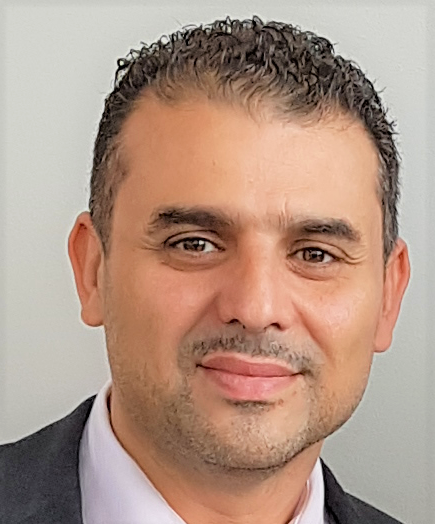Cited By
View all- Xiong MHu KLyu ZFang FWang ZHu RMuhammad K(2024)Inter-camera Identity Discrimination for Unsupervised Person Re-identificationACM Transactions on Multimedia Computing, Communications, and Applications10.1145/365285820:8(1-18)Online publication date: 13-Jun-2024
- Li ZShi YLing HChen JLiu BWang RZhao C(2024)Viewpoint Disentangling and Generation for Unsupervised Object Re-IDACM Transactions on Multimedia Computing, Communications, and Applications10.1145/363295920:5(1-23)Online publication date: 22-Jan-2024
- Liu CYang S(2024)A two-stage clustering ensemble algorithm applicable to risk assessment of railway signaling faultsExpert Systems with Applications: An International Journal10.1016/j.eswa.2024.123500249:PAOnline publication date: 1-Sep-2024
- Show More Cited By


